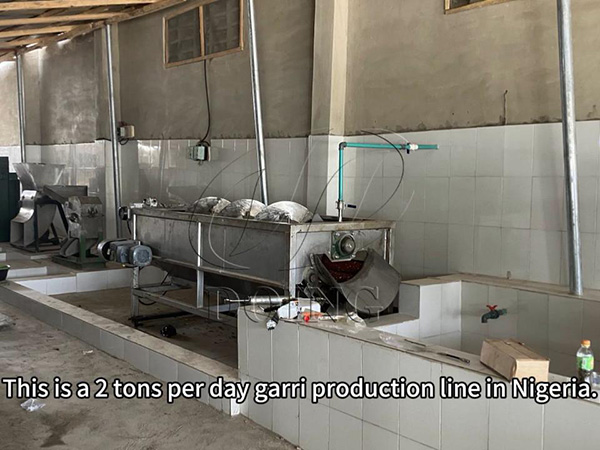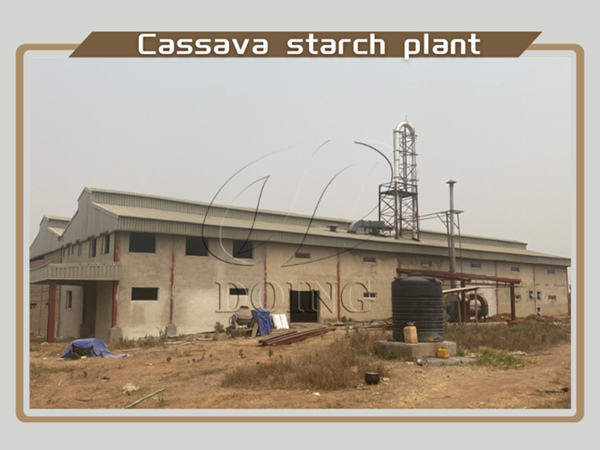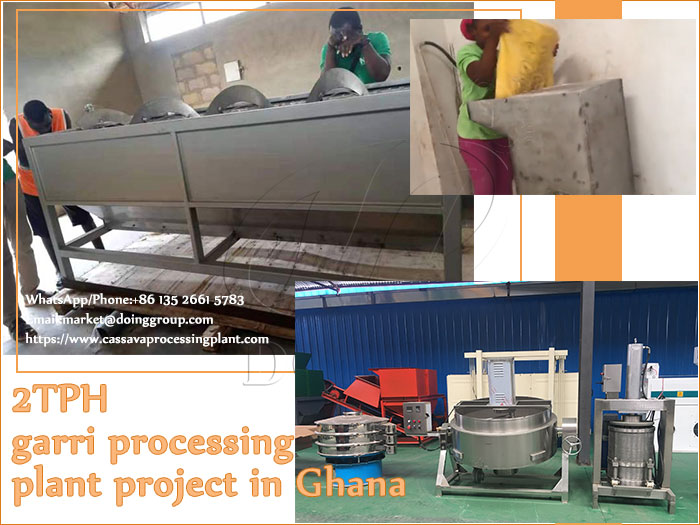
Layout Difference Between Cassava Flour Production Line and Garri Production Line
FAQ/ Chat online/ Leave a message/ June 25, 2025
While the cassava flour and garri both originate from cassava roots, the production processes and layouts of their respective production lines differ significantly. Learn the layout difference of production lines to ensure the efficiency and product quality.
In this article, Henan Jinrui, with extensive experience in designing and building both cassava flour and gari production lines, will introduce the cassava flour and garri production line layout and summarize the layout differences between the cassava flour and garri production lines.
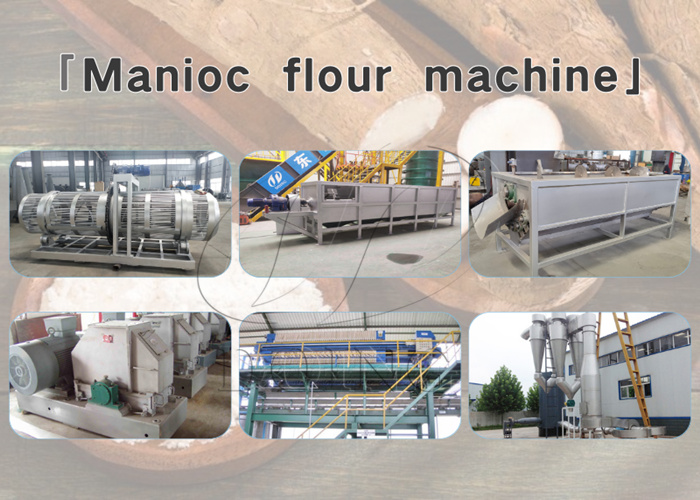 Cassava flour production line
Cassava flour production line
Cassava Flour Production Line Layout
The layout of a cassava flour production line is designed to efficiently transform fresh cassava roots into fine, dry flour. The cassava flour production line involves several key stages: washing, peeling, grinding, dewatering, drying, sieving and packing. The layout of a cassava flour production line is typically linear, with each stage connected in a sequential manner to ensure a continuous flow of material. The equipment is often housed in a single, enclosed space, to minimize contamination and optimize space.
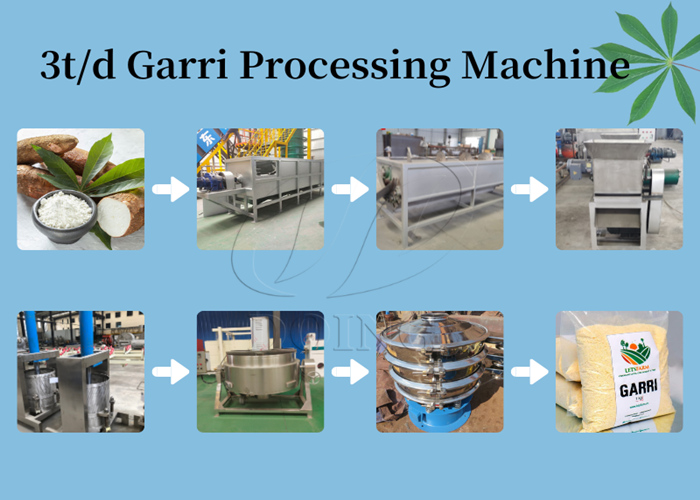 Garri production line
Garri production line
Garri Production Line Layout
Different with cassava flour production line layout, garri production, involves a more complex process that includes fermentation and roasting. The layout of a garri production line is designed to accommodate these unique steps: washing, peeling, grinding, fermentation, dewatering, frying, sieving and packaging. The layout of a garri production line is more complex than that of a cassava flour production line. It includes separate areas for fermentation and frying, which is semi-batch, often requiring more manual labor and flexible production line layout.
The Key Difference Between Cassava Flour and Garri Production Line Layout
Above we have a certain understanding of the production line layout of cassava flour and garri. Due to the different processing steps of cassava flour and garri, the production lines layout are also different. The following is the difference between the production line layout of cassava flour and garri summarized by Henan Jinrui for you, which is mainly reflected in three aspects: equipment configuration and arrangement, space layout and automation level.
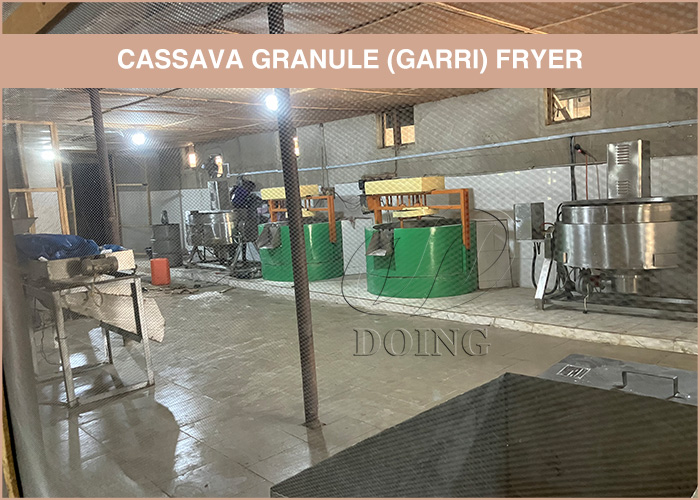 Garri processing equipment
Garri processing equipment
1. The Equipment Configuration and Arrangement Different
The equipment configuration and layout of cassava flour and Garri production lines are different. The cassava flour production line mainly uses equipment such as rasper, plate-frame filter presse and flash dryer, with the focus on efficient dehydration and drying. The garri production line must be equipped with fermentation tanks, as well as special garri fryer to meet unique fermentation and frying process requirements. The equipment spacing of the cassava flour production line is usually controlled within 1.5 meters, and a multi-layer three-dimensional layout is adopted (such as the drying equipment is placed above the crusher). Due to the process characteristics, the equipment layout of the garri production line is different from that of the cassava flour production line,mainly adopts a horizontal layout.#
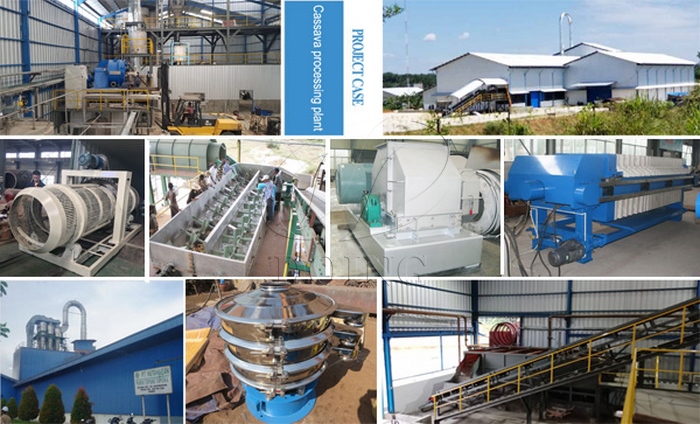 Cassava flour processing equipment
Cassava flour processing equipment
2. The Space Layout Different
Since the processing equipment for cassava flour and garri is different, the space layout of cassava flour and garri production lines is also different. Generally speaking, the space of the cassava flour production line will need a high enough space, because the plate-frame filter press and flash dryer have relatively high requirements for the height of the plant, while the garri production line has a relatively fixed space height requirement, with a standard height of 6 meters, but a larger space area is required for garri fermentation and garri frying.
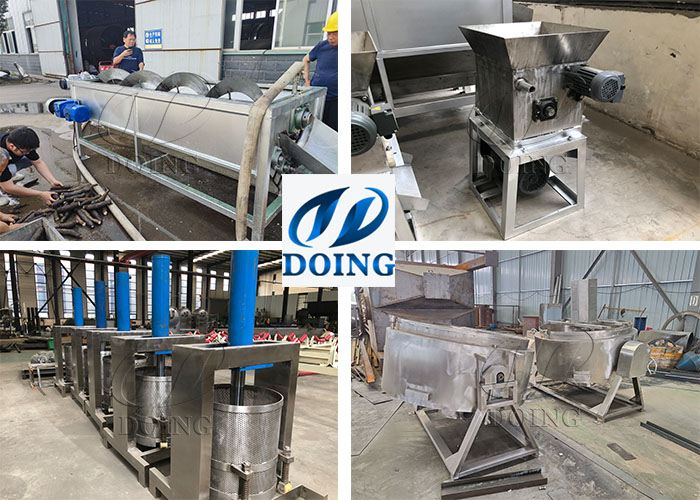 Henan Jinrui cassava processing machine
Henan Jinrui cassava processing machine
3. The Automation Level Different
There are also some differences in the automation levels of cassava flour and garri production lines because of the different production line layouts. Cassava flour production lines usually adopt a linear or U-shaped layout, emphasizing the continuity and automation of the production process, and the equipment is compactly arranged to optimize the efficiency of material flow. In contrast, garri production lines often adopt a segmented layout because they require independent fermentation and frying areas. These functional areas need to be kept at a certain distance, resulting in lower overall space utilization, greater dependence on manual operation, and a relatively low degree of automation.
In conclusion, the layout differences between cassava flour and garri production lines are mainly determined by the production processes. Understanding these layout differences is crucial for the efficient design, operation, and management of cassava - processing facilities. Whether you are planning to set up a new production line or optimize an existing one, don't hesitate to contact us! Henan Jinrui Company, help clients choose the right production line and optimize their factory layout based on real conditions, capacity goals, and investment plans.
Leave A Message
- Do you want to buy machine?
- Yes, I want to buy machine
- No, I want to learn more in advance.
- What is your raw material?
- Cassava
- Potato
- Sweet potato
- Others
- 2. What is the final product you want to produce?
- Garri
- Cassava flour
- Cassava starch
- Cassava chips
- Attiekie
- Bammy
- Others
- 3.What is your capacity plan?
- Small scale garri machine
- 1ton per day
- 2tons per day
- 3tons per day
- 10tons per day
- 20tons per day
- Others
- 3.What is your capacity plan?
- Small scale
- 5tons per day
- 10tons per day
- 20tons per day
- 50tons per day
- 100tons per day
- Others
- 3.What is your capacity plan?
- Small scale
- 5tons per day
- 10tons per day
- 20tons per day
- 50tons per day
- 100tons per day
- 200tons per day
- 300tons per day
- Others
- 3.What is your capacity plan?
- Small scale
- Middle type
- Large scale
- What is your capacity plan?
- Small scale
- 5tons per day
- 10tons per day
- 20tons per day
- 50tons per day
- 100tons per day
- 200tons per day
- 300tons per day
- Others

